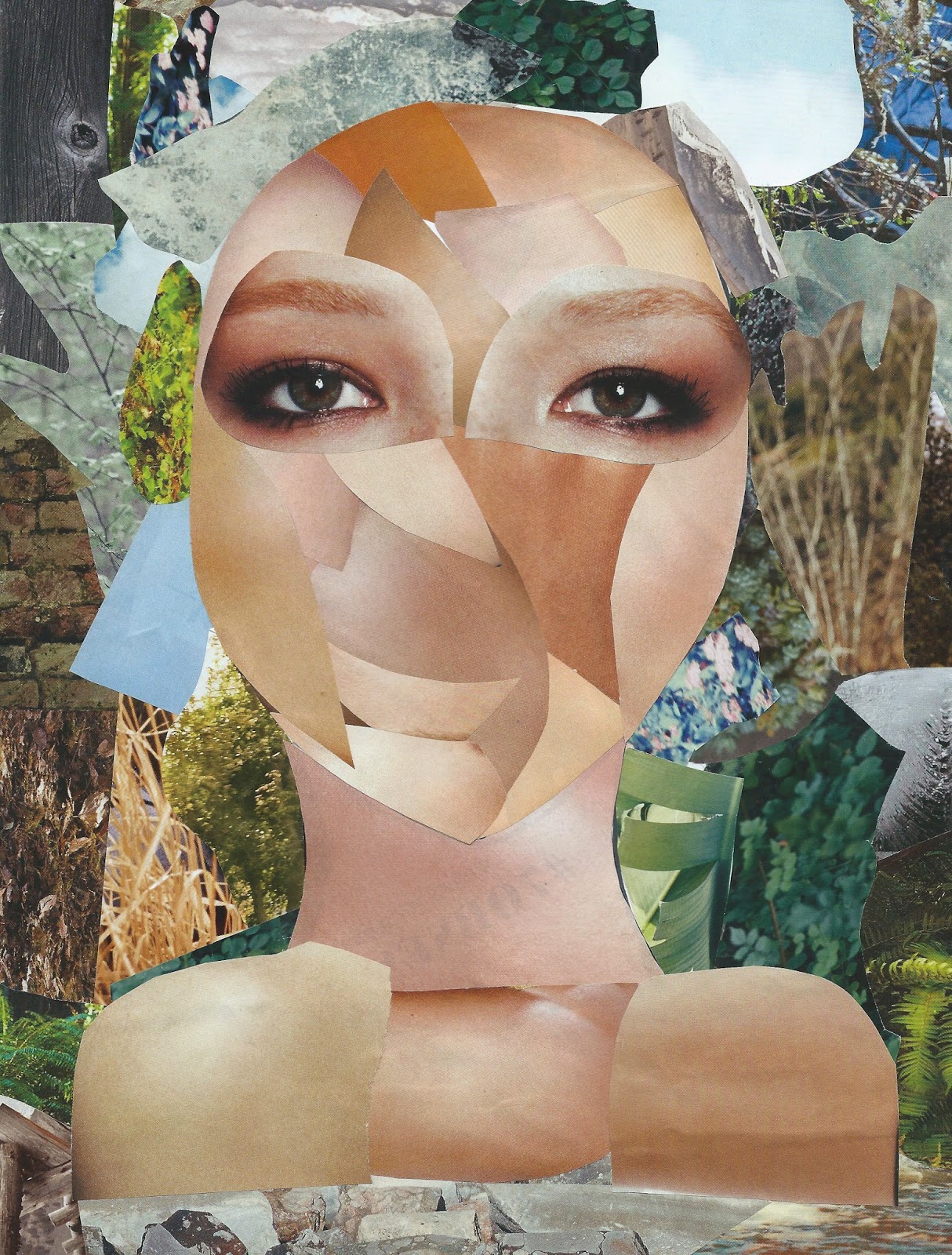The sounds involved in a haircut are almost universally recognizable. We’ve all had our hair cut and the sounds of scissors cutting and hair dryers blowing conjure memories of sitting in a chair with a cape wrapped around your neck. That is ultimately what we wanted our project to be - a collection of sounds that would evoke the atmosphere of a hair salon, in the same way that the acoustic guitar in The Smokehouse blends together all of the disparate mechanical sounds into a rustic atmosphere. Or in the way that the simple, straightforward images of Brittle elicit memories of our own home kitchens.
To create and hold that atmosphere in the minds of the audience, we didn’t want to linger too long on any one sound. We wanted to hear each individual sound long enough that the audience could recognize and process the sound, but not too long that their attention would start to wander away. There are many films/commercials/etc. that use this kind of sound editing philosophy, and one scene that we had in our heads comes from the BBC show Sherlock. In the third episode of season two, Sherlock makes tea in anticipation of a visit from his archenemy Moriarty. The process of making tea is condensed into a few seconds of time using very quick cuts: push button, cut, set platter down, cut, clinking cups, cut, boiling water, cut, push button, cut, platter, cut. Even reading this sentence takes longer than the scene took in the show. The quick cuts advances the story without wasting much time and contributes to the anticipatory atmosphere of the scene. And while it was partly an inspiration for our process doc, without the aid of images, we didn't think we could cut quite as fast as Sherlock did and not confuse our audience.
Looking back on the project, we wish we would have prepared better. We used a phone to record the audio, because we forgot to bring batteries for the audio equipment we had intended to use. Using better sound equipment would have given us clearer sounds to edit. However, the background noises of people talking and other haircuts adds to the atmospheric quality we were aiming for. Also, we wish we had thought to give the hair salon a little more advanced notice of our arrival and exactly what we wanted to do. Although, it should be noted that everyone we worked with was very accommodating and friendly.
Overall, we’re still happy with how our project turned out, even though it wasn’t exactly what we envisioned.
Olivia Taylor, Sarah Foley, Morgan Akana
Olivia Taylor, Sarah Foley, Morgan Akana













